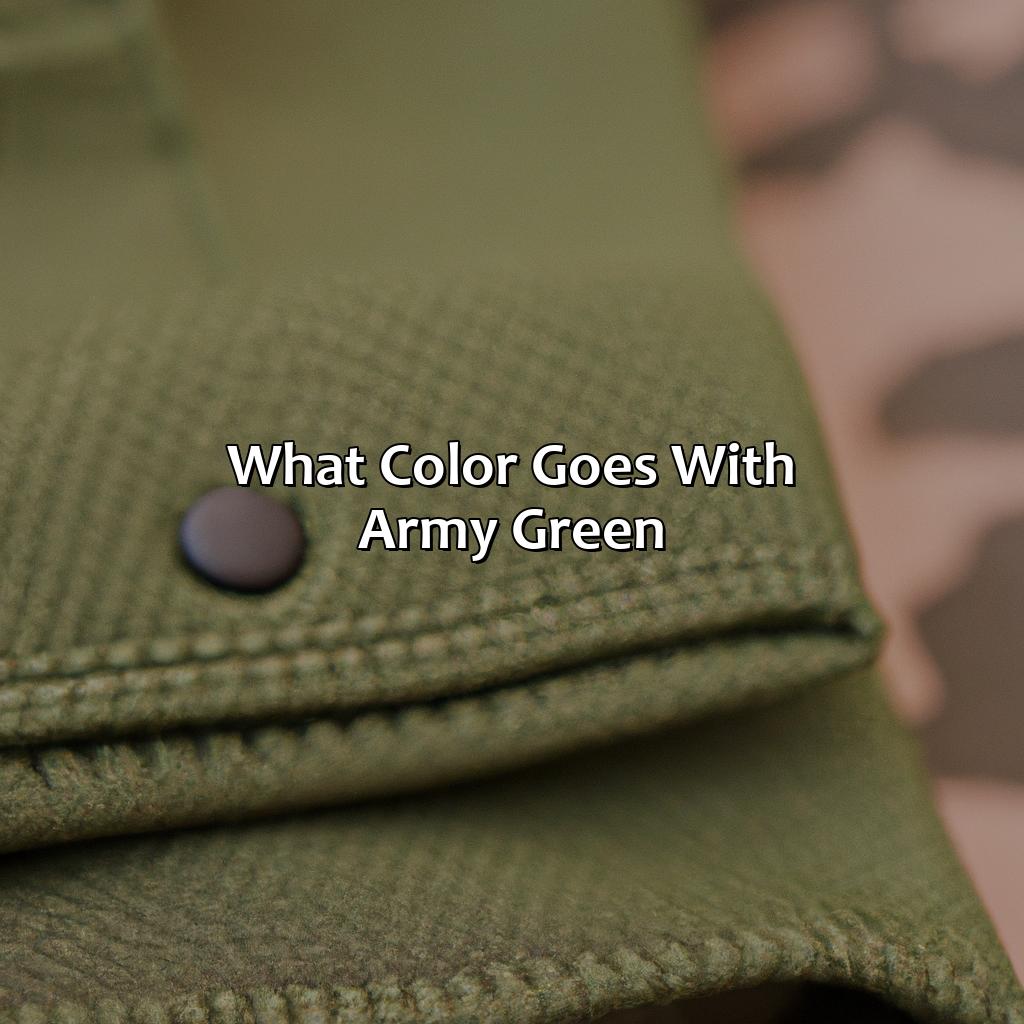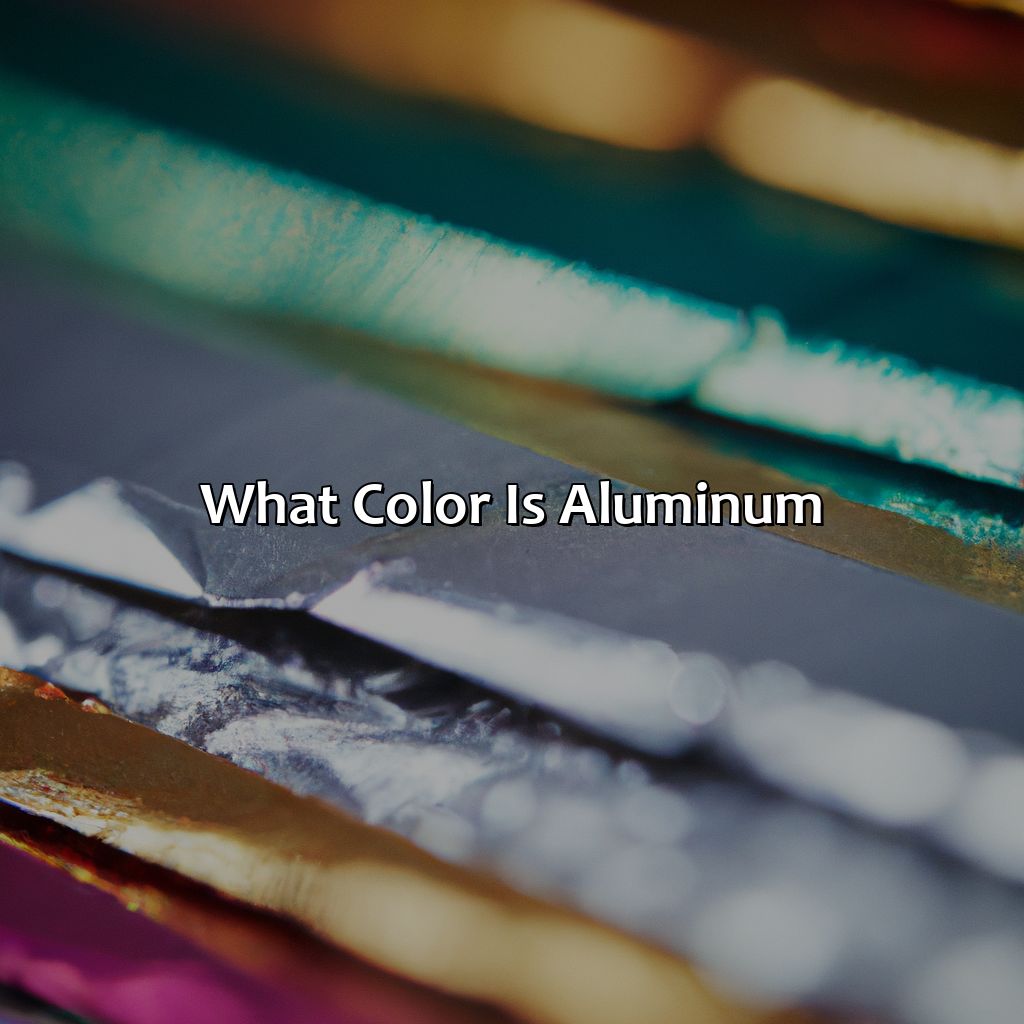Key Takeaway:
- The perception of fear is a complex psychological response, triggered by both neurological and evolutionary mechanisms. It varies across cultures and contexts, but has common associations with certain colors, such as black, red, and dark blue.
- The historical and cultural associations of color with emotion have influenced the ways in which fear is represented visually, particularly in art, literature, and media. Color symbolism and psychology play a role in branding and marketing, influencing consumer behavior and decision-making.
- Studies on the color of fear suggest that different hues can evoke different emotional responses in individuals, and that color can impact anxiety, purchase behavior, and perception. However, the question of what color fear truly is remains subjective and open to interpretation.
The psychology of fear
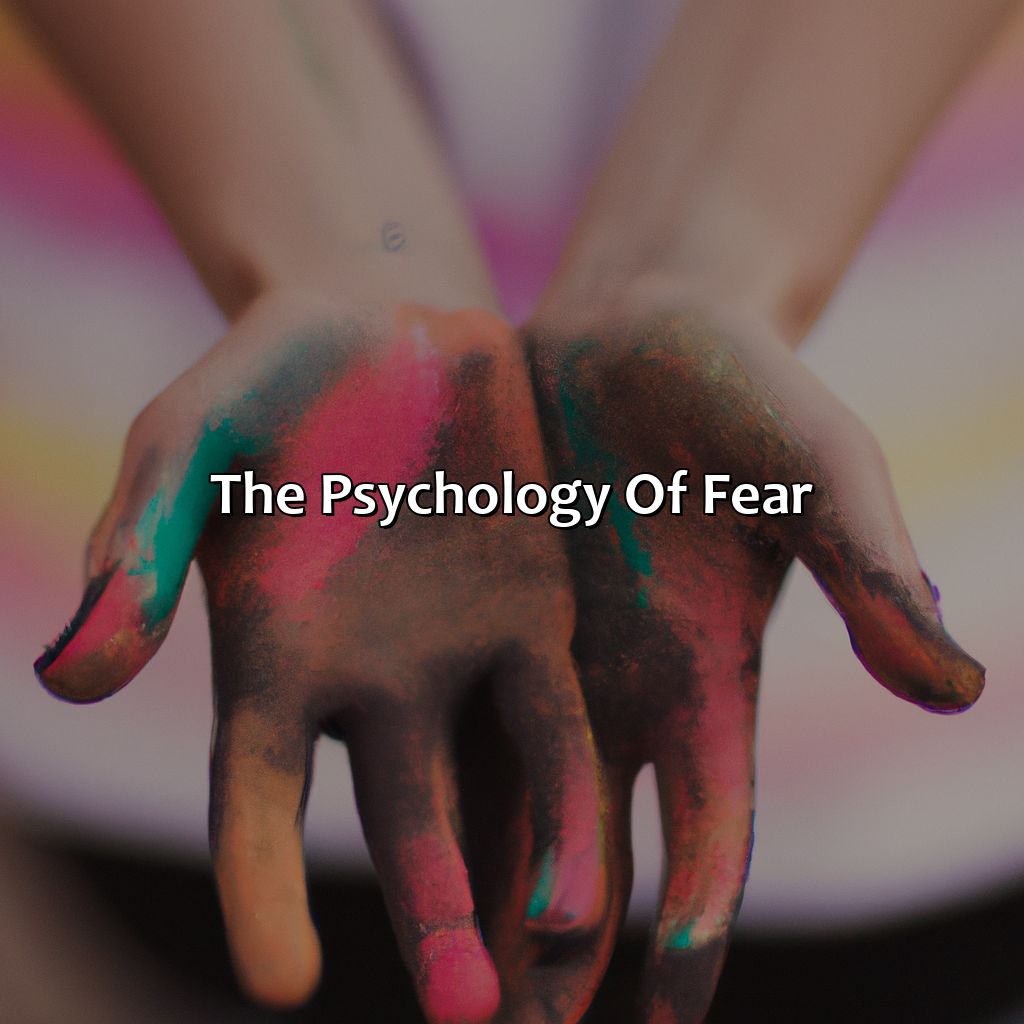
Photo Credits: colorscombo.com by Zachary Adams
“What Color is Fear”? Uncovering the psychology of fear.
Perceiving, responding and representing fear.
Glimpse the neurological basis of fear.
Uncovering the evolutionary purpose of fear.
Discovering the principles behind this primal emotion.
Gaining an understanding of how it shapes our thoughts and behavior.
The neurological basis of fear
Understanding fear perception involves comprehending the neurological basis of how individuals react to a frightening stimulus. The amygdala, hippocampus and prefrontal cortex work together in processing sensory information, evaluating threat level and initiating a response. The amygdala is responsible for detecting potential threats as it forms connections with other sensory regions of the brain. These neural pathways are crucial in identifying a dangerous situation and responding accordingly without conscious thought.
The brain’s reaction during fear is influenced by previous conditioning, personal experiences and genetics. People who have experienced trauma may have an altered sensitivity to potential threats, causing them to perceive danger in otherwise neutral situations. Fear perception can also be influenced by cultural factors.
Studies have shown that there are differences in the interpretation of fearful stimuli between people of different cultures due to variations in social norms and values. For example, some societies place more emphasis on collectivism while others feel more individualistic, leading to differences in what is perceived as threatening.
It is important to note that fear perception can differ from person to person despite sharing similar cultural backgrounds or genetic makeups. Therefore, understanding individual differences is critical in implementing effective treatment strategies for anxiety disorders.
According to the National Institute of Mental Health (NIMH), anxiety disorders are prevalent among adults aged 18 years or older with approximately 19 percent suffering from these conditions each year. Anxiety disorders can be managed through therapy or medication prescribed by mental health professionals relying on multifactorial evaluation.
(Source: National Institute of Mental Health)
Fear might just be the reason why humans survived all these years – embrace your inner scaredy-cat.
The evolutionary purpose of fear
The fear response is an evolutionary mechanism that has been developed to ensure the survival of organisms in threatening situations. Over millions of years, the fear response has been refined to allow animals to detect and respond appropriately to potential dangers in their environment. This mechanism is deeply ingrained in the nervous system of most living organisms and can be activated rapidly and automatically.
One of the primary functions of the fear response is to protect individuals from harm. When faced with danger, the body’s responses are triggered, including increased heart rate, quicker breathing, and heightened awareness of one’s surroundings. These responses can prepare individuals for potential dangers or threats by providing them with increased alertness and physical strength to either escape or confront the danger.
In addition to protecting individuals from immediate harm, the fear response also plays a role in learning avoidance behaviors. Through exposure to potentially dangerous situations, organisms can learn how best to avoid those situations in the future. This learning process helps improve an organism’s chances of surviving in their environment over time.
Interestingly, humans have developed complex social structures that allow for the transmission of knowledge across generations, which includes identifying specific types or levels of danger through language and symbols. Thus, while our innate fear response may be similar across different species due to evolutionary changes, we have developed unique cultural constructs around seemingly threatening stimuli like insects or natural disasters.
Overall, when considering the evolutionary purpose behind our fear response mechanism, it underscores how deeply ingrained this mechanism is in our biology and how crucial it remains for our survival as a species.
Fear may be universal, but the color it takes on in different cultures is anything but black and white.
The cultural significance of fear
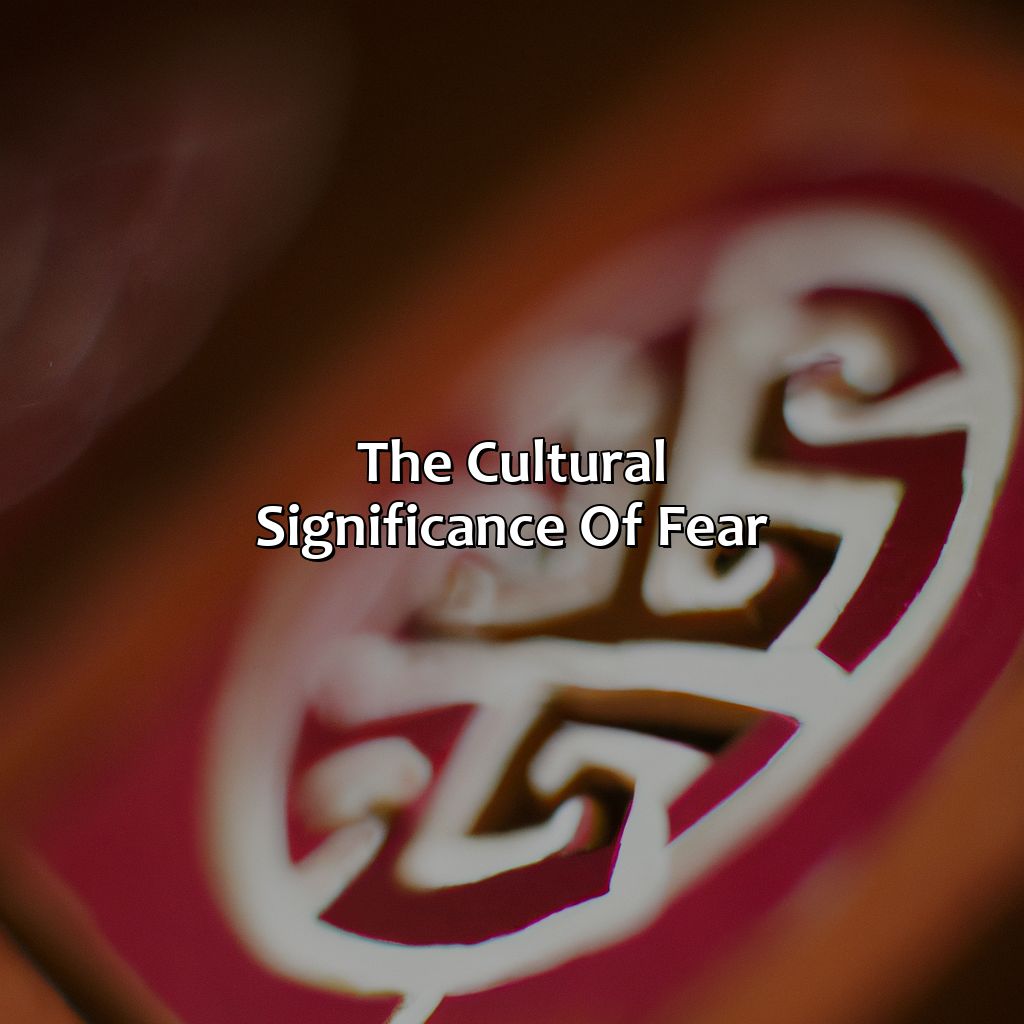
Photo Credits: colorscombo.com by Robert Thompson
To grasp the cultural meaning of fear in various societies, two sub-sections are being looked at.
- The first is ‘Fear as a Universal Emotion‘, which examines the correlation between fear and media.
- The second is ‘Fear in Different Cultures and Contexts‘. This section focuses on how fear appears in different forms of cultural expression, such as art, literature, film, and media.
Fear as a universal emotion
The emotion of fear is experienced universally across all cultures and peoples. Fear association varies between individuals but the experience of fear is consistent in its physiological responses such as increased heart rate and sweating. The expression of fear may differ culturally, but the underlying emotion remains the same.
Fear and media have a significant impact on our emotional experiences. The representation of fear in media, such as horror films, can heighten our sense of anxiety and dread. These cultural influences shape our fears and contribute to their intensity.
Interestingly, studies have shown that the color red has been associated with fear across different cultures. It is thought to be due to red being closely related to danger, warning signs, and injury. However, other colors such as black or green can also be associated with fear depending on the context.
In a real-life example, a young girl has always been afraid of spiders since she was bitten by one when she was younger. She sees them as dangerous and vicious creatures which cause her immense discomfort even though she knows not all spiders are harmful. Her experience showcases how individual interpretations can shape one’s fears despite their consistency in certain populations.
Fear in different cultures and contexts: where art, literature, film, and media all come together to make your worst nightmares a reality.
Fear in different cultures and contexts
Different cultures and contexts influence the perception of fear. Art, literature, film, and media portray fear uniquely. Cultural variations impact the way individuals respond to and view fear. Fear in one context may not provoke the same level of anxiety as it does in another. For instance, people from cultures where exposure to violence is common might perceive fear differently from those who live in peaceable societies. Such cultural dissimilarities reveal how conditioned we are by our surroundings.
Fear and art, literature, film, and media have an interconnected relationship. Fear can evoke intense emotions that inspire artists to create works that elicit similar feelings in viewers or readers. Thus, different cultures have their own portrayal or representation of fear based on their beliefs and experiences. Some popular themes include horror movies or books centered around supernatural entities that terrify audiences across multiple countries.
Pro Tip: Understanding cultural variances contributes to better communication with individuals from different backgrounds while reducing fear-motivated prejudice.
From horror movies to product packaging, fear sells – and the right visual representation can make all the difference.
Visual representation of fear
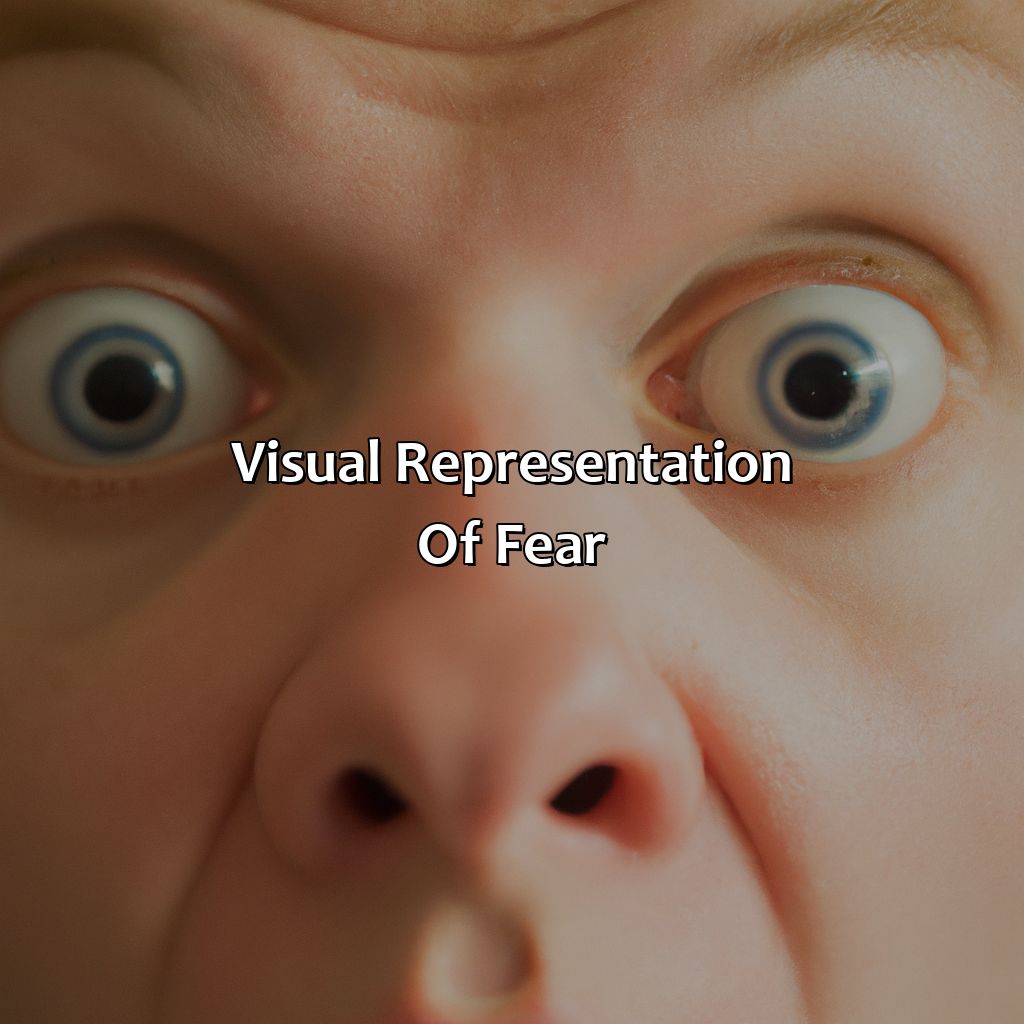
Photo Credits: colorscombo.com by Bradley Thompson
To grasp how visuals related to fear can be beneficial for branding, check out the ‘Visual representation of fear’, ‘what color is fear’ section. This part includes two sub-sections: ‘Common visual associations with fear’ and ‘Cultural variations in visual representation of fear’.
Investigate the visual associations, the meaning of colors, and cultural differences. You will recognize the essential role that colors play in fear marketing and consumer reactions.
Common visual associations with fear
When we talk about typical representations that trigger fear, it can be manifested in varied forms. Fear is a natural emotion that is associated with certain contexts and situations. Here are some of the common visual associations related to fear –
| Visual Representations | Description |
|---|---|
| Darkness | The lack of light can evoke a sense of fear as it obscures one’s environment. |
| Blood | The red hue linked with blood represents horror, pain, and violence. |
| Shadows | The presentation of darkness within the lighter surroundings creates an atmosphere of uncertainty. |
| Noises | Sounds that are unexpected or loud can be disorienting and instill feelings of anxiety. |
| Bugs/Animals | Creatures like spiders, insects, snakes, or wild animals have been commonly used as ominous symbols to represent both physical and psychological threats. |
| Mirrors/Ghosts/Dolls | Inanimate objects like mirrors, ghosts, dolls have always presented an ominous significance in horror stories and cinema. |
Additionally, color symbolism plays a crucial role in visually representing fear. Despite the universal tag assigned to colors based on cultures – some hues still possess unique implications across societies. Red may signify danger and aggression due to its association with blood. Black raises a similar theme of darkness, mourning as well as death. Blue often triggers calmness and serenity but when altered into deeper shades, it leads to a feeling of sadness and uncertainty. On the other hand, White indicates purity and innocence – but in horror settings, it could trigger a sense of eeriness. These interpretations can vary based on color theory’s psychological and emotional dimensions.
It is vital to keep in mind that interpretations of fear aren’t solely dependent on visuals – the relationship with the spectator also plays an important role in determining them. The audience’s age, culture, social status and gender are all variables that may affect how they perceive these interpretations.
Considering how these visual cues and colors shape our perceptions regarding fear – it is sensible to assume that its depiction varies across cultures. This variation not only applies to interpretation but also to manifestation through films, literature or even art.
Don’t miss out on recognizing these unique cultural symbols associated with fear!
Fear is never one-size-fits-all; different cultures have their own unique ways of painting the town red with terror.
Cultural variations in visual representation of fear
The visual representation of fear varies between cultures. Different societies have their unique ways of expressing the emotion through colors, shapes and symbols. Color symbolism in fear differs significantly across different regions and is often deeply rooted in beliefs and cultural practices. Such aspects also affect color psychology in marketing, advertising, and consumer behavior. These differences can impact how an audience responds to various visual depictions of fear, depending on their culture’s traditions.
For instance, some cultures view the color white as a symbol of death or mourning while it represents purity and innocence in others. In Japan, characters with prominent white features denote a horrific backstory while movies use darkness as a signifier for impending danger or doom.
Cultural variations influence color symbolism in fear based on the traditions, religion, history and regional settings per community. Researchers are still exploring the extent to which these cultural factors carry any significance with regards to human perception.
In Southeast Asia, specifically Malaysia and Indonesia headhunters capture skulls from enemies taken during battle and believe that intense emotions turn skulls dark-red color—representing fury or rage—before turning any other colors (like brown) representing calmer reactions). Skulls adorned with feathers or fabrics represent victorious outcomes after conflicts.
These contrasts demonstrate how cultural backgrounds shape people’s perspective on colors’ meanings within the context of terror imagery across societies worldwide—not exclusively within these regions.
Consequently, understanding the cultural differences surrounding visual representations of fear is essential for companies engaging viewers in horror-oriented media ads or firms implementing color symbolism in their branding campaigns. By taking into account cross-cultural attitudes towards specific colors associated with fear-filled imagery, advertisers can successfully execute impactful campaigns across regions.
Fear may not have a color, but our cultural associations with color can certainly turn our underwear a shade of brown.
The question of color

Photo Credits: colorscombo.com by Nathan Adams
Considering how colors affect human emotions, ‘The question of color’ is presented, with the title ‘What color is fear’? This section has two sub-sections.
- The first one,‘The historical association of color with emotions’, investigates the symbolism of color in literature and media.
- The second sub-section, ‘Studies on the color of fear’, looks at the effect of color perception on fear, anxiety, and decision-making. It studies neuromarketing and purchase behavior.
The historical association of color with emotions
Colors have been historically associated with emotions due to their perceived psychological impact. Color psychology is the study of how colors affect human behavior and emotions. Color symbolism in literature and media has also helped shape this association. Different cultures may associate different colors with specific emotions, but some associations are universal across cultures.
In color psychology, red is often associated with anger or passion, while blue is linked to calmness or sadness. Yellow can represent happiness or caution, and green is commonly linked to nature and growth. Black tends to be associated with mourning or sophistication, and white represents purity or innocence.
Color symbolism in literature and media has further ingrained these associations. For example, villains in media are often dressed in black or dark colors, while heroes wear brighter shades such as red or blue. In literature, colors can be used symbolically to convey deeper meanings around a character’s emotions or actions.
Pro Tip: Understanding the historical association between colors and emotions can help businesses make informed decisions about branding and design choices based on the desired emotional response from consumers. Certain colors can evoke an irrational fear response, but thanks to studies on fear and color perception, we can use color psychology in everything from marketing to decision-making.
Studies on the color of fear
Research on the Relationship between Fear and Color Perception
Studies have been conducted to understand the connection between fear and color perception. Research in color psychology has shown that color can play an important role in influencing emotions, including feelings of fear and anxiety. Specifically, studies have revealed that there is a strong link between certain colors and emotional reactions. For example, the color red has been associated with feelings of anger or danger, while blue is often associated with calmness or trustworthiness.
Researchers have also explored the role of color symbolism in anxiety and other fear-related conditions. They examine how different colors may be perceived differently depending on an individual’s culture, background, or context. Some research suggests that cultural factors can influence how colors are interpreted in relation to fear. Additionally, research in neuromarketing has revealed that color psychology plays a significant role in consumer purchase behavior and decision-making processes.
5 Facts About “What Color Is Fear”
- ✅ Fear is an emotion that is often associated with the color red. (Source: Psychology Today)
- ✅ Some studies suggest that people may perceive fear differently based on cultural experiences. (Source: ScienceDirect)
- ✅ Fear can trigger the “fight or flight” response, causing physiological changes such as increased heart rate and sweating. (Source: Mayo Clinic)
- ✅ Many horror movies use dark colors and low lighting to create a sense of fear and suspense. (Source: Vox)
- ✅ Fear can be overcome through exposure therapy, which involves gradually exposing a person to their fears in a controlled environment. (Source: Verywell Mind)
FAQs about What Color Is Fear
What is the color of fear?
The color of fear is not a specific color. Fear is an emotion that can be experienced in different ways and can be associated with different colors depending on the individual’s perception.
Is there a universal color for fear?
No, there is no universal color for fear. Different cultures have different associations with colors, and fear can be associated with any color or none at all.
What are some common colors associated with fear?
Some colors that are commonly associated with fear include black, red, and dark shades of colors such as green or blue. These colors may evoke feelings of danger, pain, or darkness, which can be associated with fear.
Why do we associate certain colors with fear?
We associate certain colors with fear because of our past experiences and cultural influences. For example, a person who has experienced a traumatic event at night in a dark alley may associate the color black with fear.
Can fear be represented by multiple colors?
Yes, fear can be represented by multiple colors. A person may experience different emotions and sensations associated with fear, and these can be represented by different colors.
How can colors be used to evoke fear?
Colors can be used to evoke fear through various ways, such as using red for blood or danger, black for darkness or death, or green for poisonous or toxic substances. The choice of color can depend on the context and the intended effect on the viewer.

